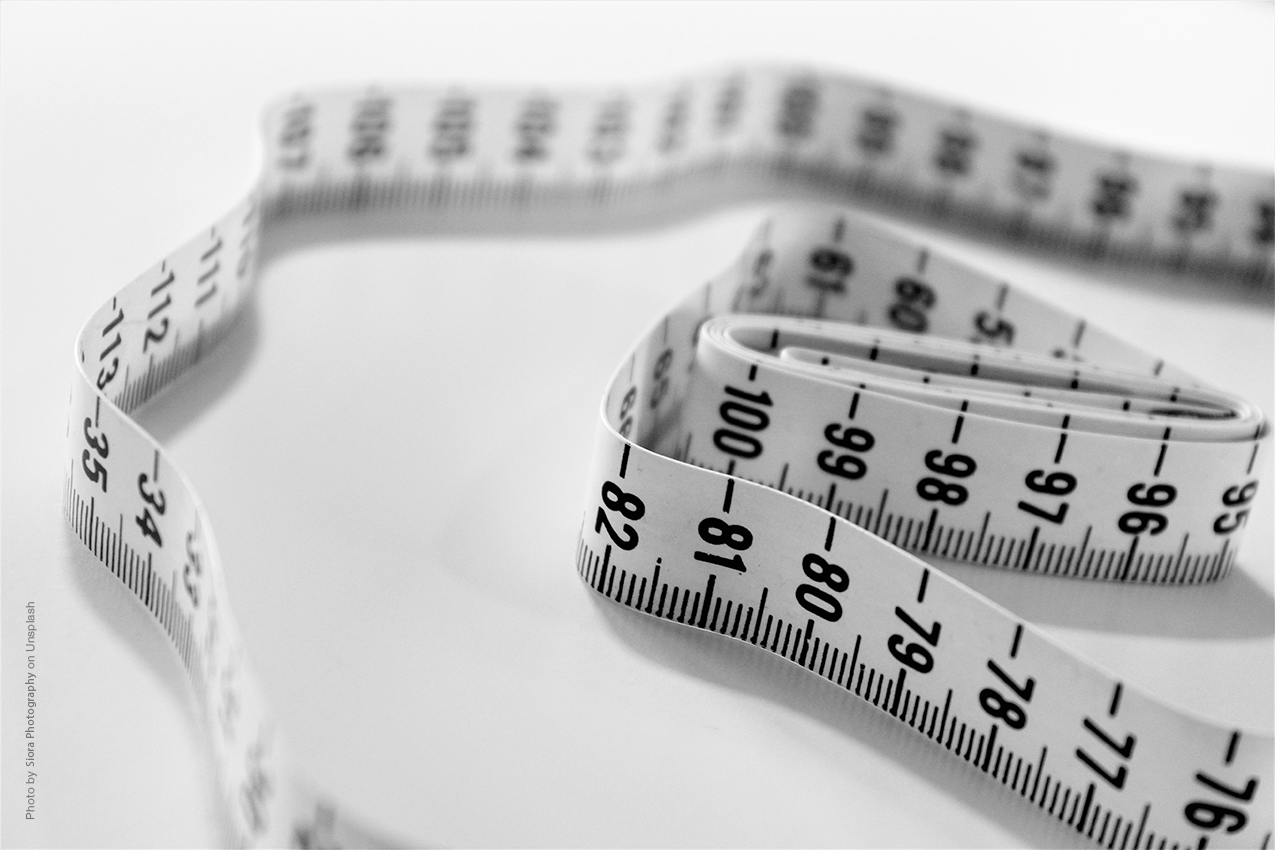You may have noticed that, as you reach middle age, your proportion of body fat to body weight increases. If you’re a woman, chances are that these changes coincide with menopause.
Many of us are quick to dismiss these changes as “a normal part of ageing” but ignoring a growing waistline isn’t a good strategy. Being overweight dramatically increases your risk for life-threatening diseases, especially as you get older.
Fat around the belly is dangerous, with research showing that it increases the risk for heart disease, Type 2 diabetes, hypertension, and some types of cancer.
While researchers still don’t know exactly why fat around the midriff is riskier than fat around the buttocks, thighs and hips, they do know that abdominal fat releases large amounts of fatty acids. These fats affect the metabolism of insulin (the hormone that regulates blood glucose levels), setting the stage for Type 2 diabetes, heart disease and other health problems.
Maintaining a healthy weight is one of the best things you can do to protect your overall health, says the Heart and Stroke Foundation of South Africa. And, once you start losing weight, the fat around your belly will also disappear.
Do you have too much abdominal fat?
If you have a tape measure, it’s easy to figure out if you have too much fat around your belly. Place the tape measure midway between your hip bone and the bottom of your ribs, wrap it around your waist, and check your measurement. Where does it fall in the table below?
| Waist circumference | Approximate pants size | |
| Normal | Men ≤ 94cm Women ≤ 80cm |
Men ≤ 36 Women ≤ 40 (US 14) |
| Overweight | Men > 94–102cm Women > 80–88cm |
Men ≥ 38 Women ≥ 42 (US 16) |
| Obese | Men > 102cm Women > 88cm |
Men ≥ 42 Women ≥ 44 (US 18) |
Source: The Heart and Stroke Foundation of SA
If you slot into the “overweight” or “obese” category, it’s time to take steps to improve your health.
What you can do
To a large extent, your overall weight and the fat around your belly depend on how much and what you’re eating. Foods that cause a large increase in insulin, things like sugar, are more likely to cause weight gain in this area.
According to the Mayo Clinic, ageing is another factor. “Muscle mass might diminish slightly with age, while fat increases. Loss of muscle mass also slows down the rate at which your body uses calories.”
The starting point for bringing your weight under control and combatting abdominal fat, says the Harvard Medical School, is regular moderate-intensity activity. “Strength training may also help fight abdominal fat. Spot exercising, like sit-ups, can tighten abdominal muscles, but it won’t get at visceral fat (the deep fat that sits around your organs).”
The second step is a healthy, diet with loads of fibre-rich fruit and vegetables, wholegrains, proteins, dairy, and healthy fats. Combining this type of diet with regular exercise can help you lose weight if you do it properly.
- Ask a registered dietician to compile an eating plan for you based on your age and lifestyle habits. Stick to it at least 80% of the time.
- Exercise for at least 30 minutes, most days of the week.
- Pay close attention to your portion sizes.
- Use a food diary to track how much you’re eating.
- Turn off the television when you’re eating. Eat mindfully, slowly and enjoy every bite.
- Don’t drink your calories. Satisfy your thirst with water and other unsweetened beverages.
- Cut out sugar and refined starches (e.g. biscuits, rusks, pastries, white bread, and white pasta).
References
- Mahan, LK. Escott-Stump, S. Raymond, JL. Krause’s Food and the Nutrition Care Process. 13th Elsevier.
- http://www.heartfoundation.co.za/healthy-weight/
- http://www.fao.org/3/a-as842e.pdf
- https://med.stanford.edu/news/all-news/2018/02/low-fat-or-low-carb-its-a-draw-study-finds.html
- https://www.mayoclinic.org/healthy-lifestyle/womens-health/in-depth/belly-fat/art-20045809?p=1
- https://consumer.healthday.com/encyclopedia/diabetes-13/misc-diabetes-news-181/the-dangers-of-deep-belly-fat-644354.html
- https://www.heartfoundation.org.au/your-heart/know-your-risks/healthy-weight/waist-measurement
- https://www.health.harvard.edu/staying-healthy/abdominal-fat-and-what-to-do-about-it

